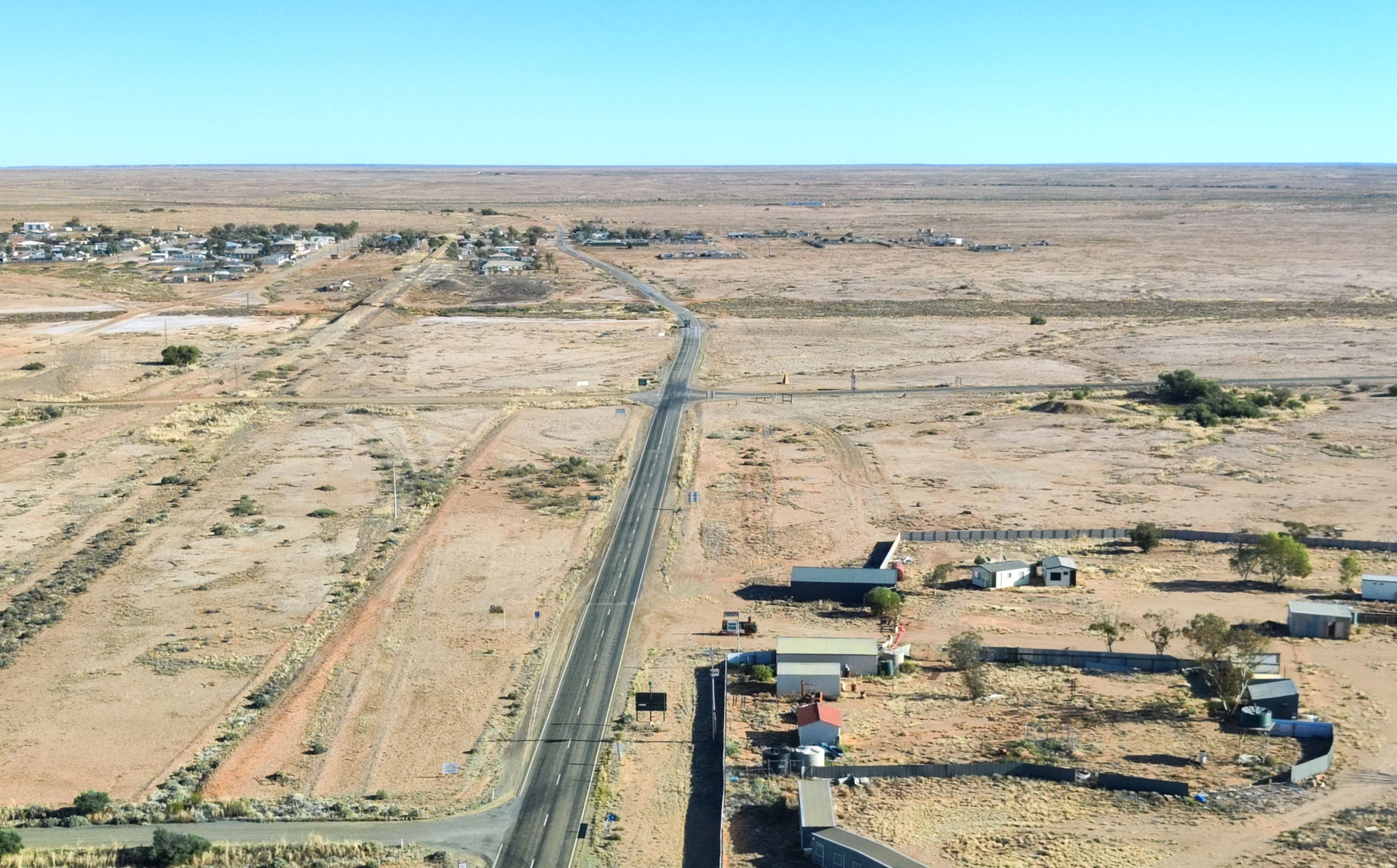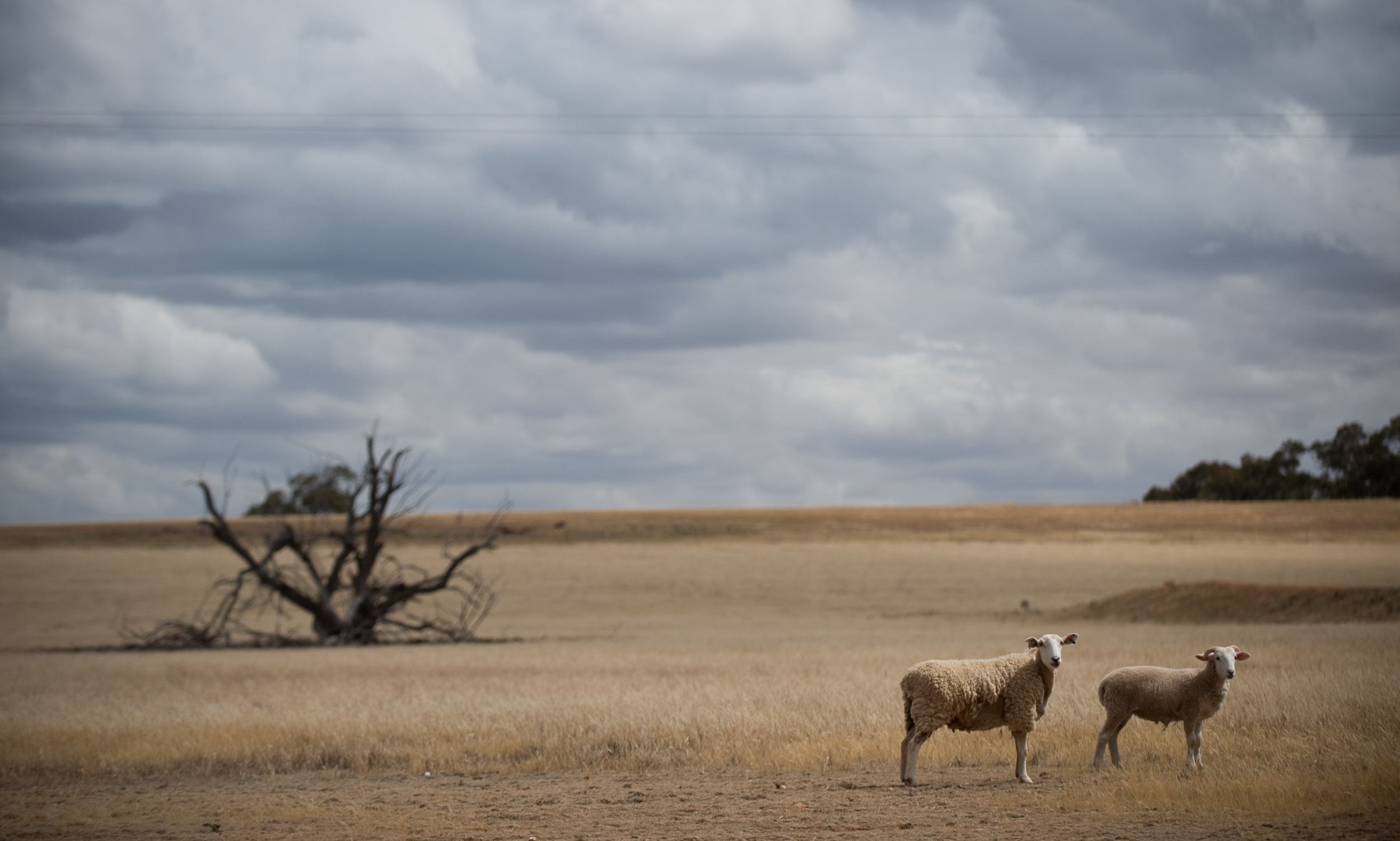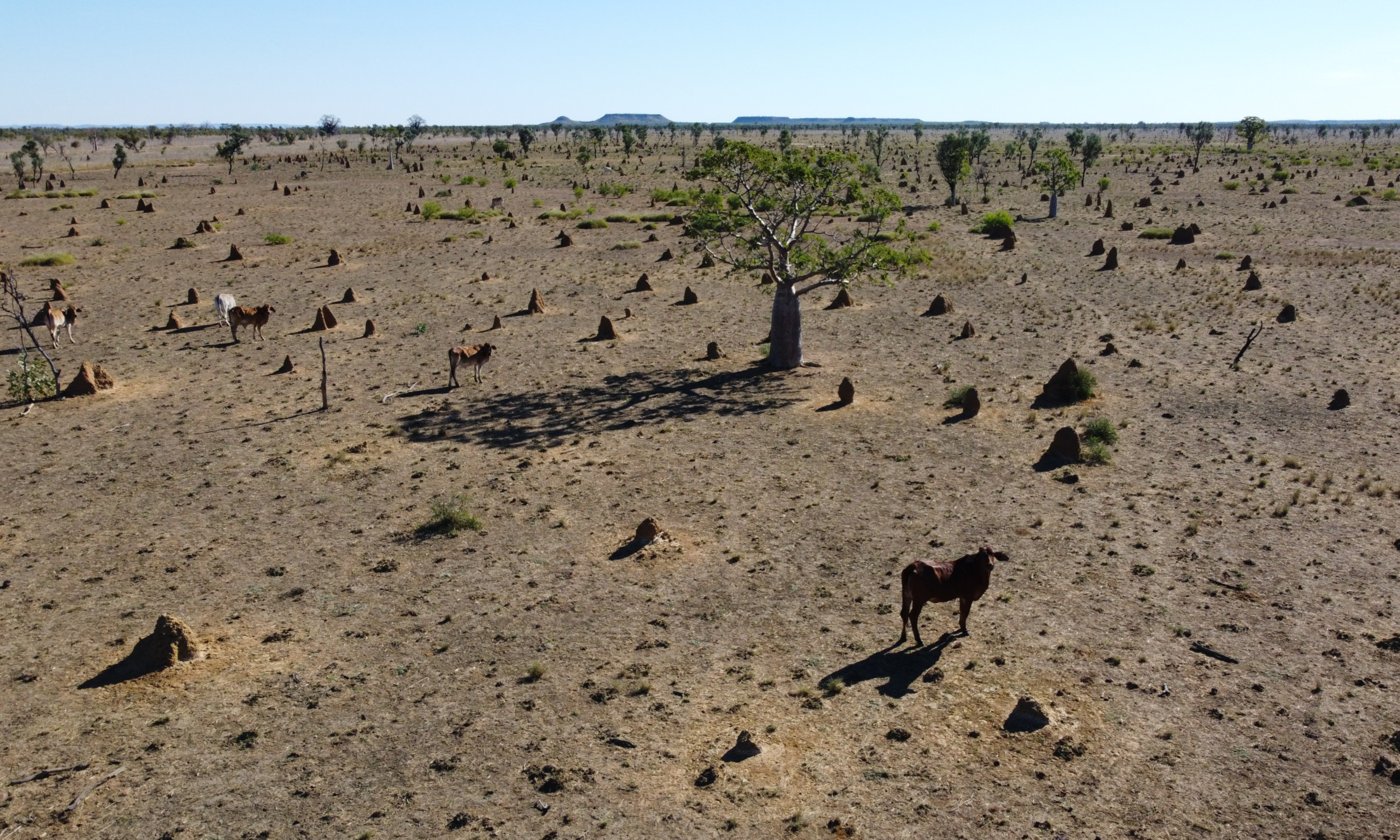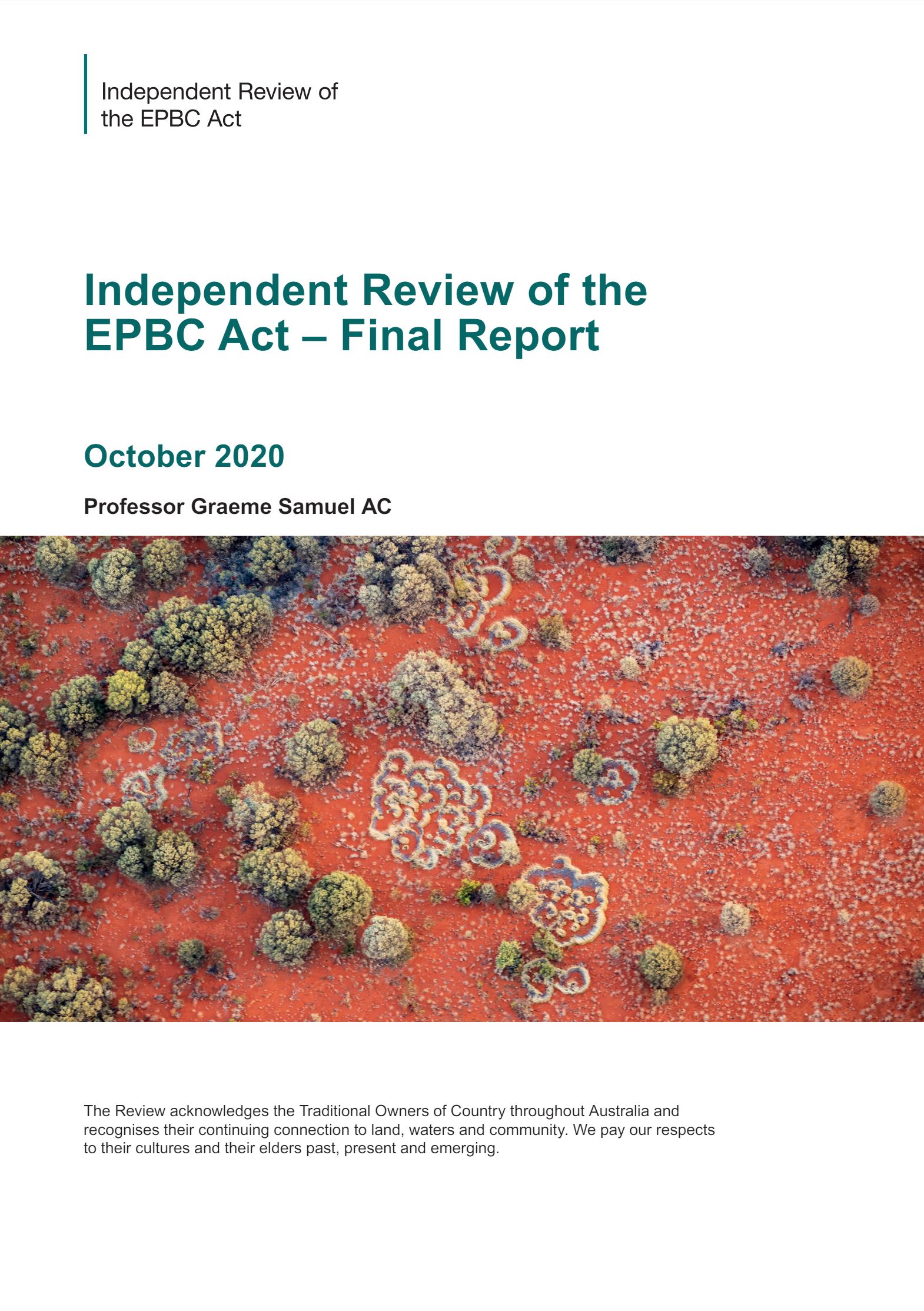
Anyone reading about Australia’s bungled Environment Protection and Biodiversity Conservation Act 1999 (EPBC Act) reform will no doubt have seen the well-worn phrase ‘once in a generation’. The EPBC Act is stated to be Australia’s central piece of national environmental law, covering the Commonwealth’s role in environmental protection matters of national significance.
After a scathing statutory review of the EPBC Act’s effectiveness, undertaken in 2019/20, Australia supposedly has a ‘once in a generation’ opportunity to ensure the country’s environment laws are working and this ‘once in a generation’ reform can’t be rushed.
This ‘once in a generation’ statement is music to the ears of the stakeholders who want to maintain the status quo. They can lobby hard to get the minimal reforms acceptable, and once adjusted, there needs to be no further attention for another 25 years. The government is simply showing that it isn’t nimble with the ‘once in a generation’ statement, that it can’t respond to changing conditions. Undoubtedly governments can enact new legislation quickly when they want to but the once in a generation statement means they can kick the can down the road.
This mindset is a problem. To understand why means taking a look at how the 1999 EPBC Act evolved in the first place, under the Howard government. Before it came into force, many highlighted the weaknesses inherent in the new EPBC Act. But the government pushed this poor-quality legislation through with the help of key conservation agencies.
In 2004, The Australia Institute published a paper, Taming the Panda: The Relationship between WWF Australia and the Howard Government. The paper states, “While WWF Australia appears to have had a close relationship with the Howard Government since the 1996 election, the events surrounding the enactment of the Environment Protection and Biodiversity Conservation Act 1999 (EPBC Act) were a turning point. This Act brought wide-ranging changes to Commonwealth environmental laws and there was sharp disagreement amongst the larger environment groups about the merits of the legislative changes and whether the Bill should be publicly supported by them. The endorsements of the Act provided by WWF Australia – joined by the Humane Society International (HSI), Queensland Conservation Council (QCC) and the Tasmanian Conservation Trust (TCT) – contrasted with the often scathing criticisms made by opponents of the legislation, including the Australian Conservation Foundation (ACF), The Wilderness Society (TWS) and Greenpeace.”
The Australia Institute report goes on to give examples of how WWF Australia promoted their support for the EPBC Act (1999) at the time, “This new legislation is the biggest win for the Australian environment in 25 years – one which WWF is proud to be part of. Put simply, once this legislation comes into effect, Australia will have much stronger environmental protection.” Source: WWF Australia, ‘Another Environmental Solution from WWF’, The Weekend Australian (Advertisement), 3-4 July 1999.
The Taming the Panda report states:
- Not long after the legislation was enacted, people associated with WWF Australia, QCC and TCT were appointed to serve on Federal Government environmental advisory committees and WWF Australia, in conjunction with HSI and TCT, was awarded a contract to disseminate information about the Act amongst environment NGOs.
- A similar pattern was witnessed in relation to the Heritage Bills in 2003. As with the EPBC Act, there was disagreement amongst the larger environment groups over whether to support the legislation. Again, WWF Australia, HSI and TCT supported the bills, while ACF and TWS were critical of their inadequacies. Soon after the Heritage Bills were enacted, experts associated with HIS and WWF Australia were appointed to the Australian Heritage Council.
- Government funding to WWF Australia more than doubled between the 1998 and 1999 financial years, a jump that coincided with the timing of the negotiations concerning the EPBC Act and its passage through Federal Parliament.
- The report finishes by saying, “The weight of available evidence, although much of it circumstantial, suggests there are strong grounds for questioning whether WWF Australia can legitimately continue to describe itself as independent”.
The report is not pleasant reading for anyone who believes that it is critical for NGOs to maintain their autonomy and independent advocacy. This is even more important when they are the key organisations approached by the mainstream media for comment on government policy.
But any harm done in supporting the weak regulation being enacted would have been less problematic if there had been a commitment to continuous improvements of the Act. Indeed, one of the justifications used by NGOs to support new, poor-quality legislation is, “it is easier to improve it once we have something in place”; clearly this hasn’t happened with the EPBC Act legislation.
Instead, this became an example of misguided ‘once in a generation’ thinking and the 1999 environmental legislation was left to languish, unfit for purpose. In parallel, much has changed in Australia over the last 20 years, from continued global warming leading to catastrophic weather events and the acceleration of biodiversity loss both on land and in the sea.
The statutory review of the EPBC Act commenced in October 2019, with Graeme Samuel appointed to lead it. The findings were published in 2020, stating the EPBC Act does not clearly outline its intended outcomes, and the environment has suffered from two decades of failing to continuously improve the law and its implementation.
The review goes on to conclude:
- New, legally enforceable National Environmental Standards are the centrepiece of the recommended reforms.
- Strong oversight of the implementation of National Environmental Standards is needed to provide the community, and the Australian Parliament, with the confidence that decisions are being made in a way that is consistent with the law.
- Separately, the National Environmental Standard for compliance and enforcement developed by the Review should be immediately implemented to ensure a robust and consistent approach to compliance and enforcement of decisions under the EPBC Act or accredited arrangements.
- Reform is needed to ensure that Indigenous Australians are listened to, and decision-makers respectfully harness the enormous value of Indigenous knowledge of managing Country.
- Reversing the unsustainable environmental trajectory will require good planning to manage the environment, as well as broadscale environmental restoration.
- Decision-makers, proponents of development and the community do not have access to the best available data, information and science. There is insufficient capability to understand the likely impacts of the interventions made, particularly in a changing climate. Unacceptable information gaps exist, and many matters protected under the EPBC Act are not monitored at all. Poor data and information are costly for all. A quantum shift in the quality of data and information will support the reforms recommended by this Review.
- The focus of all recommendations made by the Review is on ensuring the intended outcomes of the EPBC Act are clear and they are achieved. The operation of the Act must support continuous improvement.
All-in-all, 38 recommendations were made outlining substantial and necessary reforms to reverse the current state of environmental decline.
One of the current Labor government’s election promises was that it would fix the unfit for purpose environmental legislation if it got into power. Given this reform has now been indefinitely deferred and it is back to business as usual, it seems that this was a non-core promise. The difference between “core promises and non-core promises” came to prominence under the Howard Prime Ministership.
Why has all this stalled? It would appear that the key problem is that the Samuel’s Review recommendations are actually quite good. Business and industry groups are undoubtedly unhappy with the impact the 38 recommendations can have on their profits. Samuel’s recommendations came as a surprise to some because Samuel’s wasn’t seen as a particularly strong Chairman of the Australian Competition and Consumer Commission (ACCC). His Chairmanship of the ACCC was considered very ‘light touch’ (in an already light touch system) compared to his predecessor Allan Fels.


So, his conclusion that, “The EPBC Act requires fundamental reform. It does not enable the Commonwealth to effectively fulfil its environmental management responsibilities to protect nationally important matters. The Act, and the way it is implemented, results in piecemeal decisions, which rarely work in concert with the environmental management responsibilities of the States and Territories. The Act is a barrier to holistic environmental management which, given the nature of Australia’s federation, is essential for success.”, is an indication of just how bad things are.
Now, the Labor government and Minister Plibersek have indefinitely deferred this reform under the guise that this ‘once in a generation’ reform can’t be rushed. Samuel’s recent comment, that conservation groups worried about the pace of reform should “take a chill pill”, as he backed the government’s plans to split the bills, is maybe him returning to type.
But the federal government can’t be seen to do nothing, which is why in the last few weeks Environment Minister Plibersek announced the federal government plans for a national EPA (Environmental Protection Australia).
Unsurprisingly the different take of the conservation NGOs on this half-measure is still the in line with what happened 25 years ago. While WWF Australia’s rhetoric this time around is certainly more nuanced and guarded than in was in 1999, the organisations CEO Dermot O’Gorman has said, “Establishing an EPA could be a real game changer for the environment”. While the head of Greenpeace Australia Pacific, Glenn Walker, likened the government’s announcement to “a pub without beer.”, continuing, “The EPA will not have the teeth it needs until a strong national nature law also comes into place“.
While some talk about the national EPA being an independent body, others make it clear that this is not the case. The Mineral Council of Australia (MCA) is obviously pleased with the proposed structure, saying, “The establishment of Environment Protection Australia, where the Minister retains decision-making is a positive signal from the Government. The MCA has long held the position that democratically elected government ministers are best placed to make decisions in the interests of the Australian people and economy.”

Why these industry groups are so worried about ‘green tape’ is confusing given one of the things that WWF Australia, Greenpeace Australia and other conservation organisations and even the Samuel’s Review agree on is how little green tape there is this country.
A 2020 report by WWF, showed that, over a 17-year period, 93% of the threatened species habitat, cleared mainly for stock and crop production, was NOT evaluated, even though the EPBC Act requires impact assessments of proposed land clearing on threatened species. With only 7% of threatened species habitat scrutinised before clearing, again, we ask the question, where is ALL this green tape?
Spurious claims that environmental approvals are ‘holding up economic development’ need to be challenged at all government levels; there is no evidence that there is a need to reduce ‘green tape’, there is instead an urgent need to implement the recommendations of the Samuel review to give Australia strong, legally enforceable, national environmental standards.
It is the threat of such standards coming into force that has the Minerals Council and the Western Australian government up in arms, which is why the reforms are being delayed yet again. This is clear evidence of business having too much influence on the development of new legislation and some conservation organisations being willing to go along with this.
On top of this Minister Plibersek has put all her efforts into the nature repair-market bill that no one actually asked for; this also wasn’t part of the EPBC Act review recommendations. The idea that businesses will invest (money) into “nature repair”, which does not produce cash-flow and hence does not provide a return on investment, is simply laughable. Either Plibersek is naïve about how business works, or she just needed a distraction from enacting the legislation we really need.
It is deeply embarrassing that wealthy country like Australia is rightly seen on the world stage as an environmental basket case. The misguided ‘Once In A Generation’ mindset and corporate capture of the urgent reform seems like this won’t change anytime soon.


